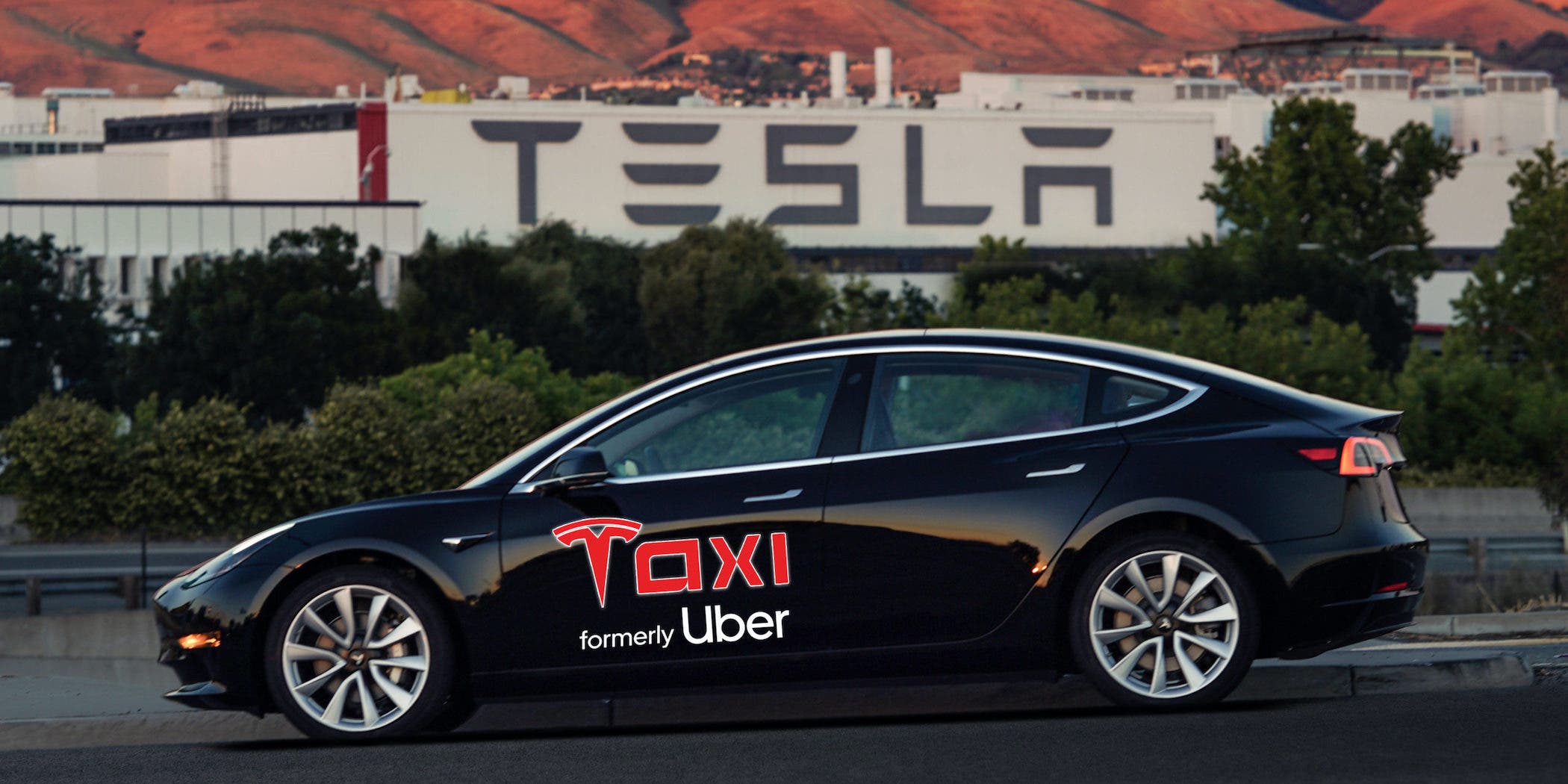Uber Can Connect To Tesla App, Offer Drivers Rides That Fit In EV’s Range
Working as an Uber or Lyft (or both) driver in an EV can be challenging. How do I know? I did it for about 50,000 miles in a 2018 Nissan LEAF. Trying to do that in an EV that lacks liquid cooling in a hot city like Phoenix didn’t turn out to be a great idea, but talking to fellow drivers, it was pretty clear that many of the other challenges still applied, even in a Tesla.
One of the biggest challenges was range. Ideally, you want to keep yourself available for rides as much as possible to keep making money, but that requires balancing the need to charge with the need to be available. What makes that even more challenging is that you don’t get to decide what rides you’re offered, because rideshare companies can’t predict future customer needs. A customer might need to only go a few blocks, or they might need a very long ride between cities, or anything in between.
And, really, it’s the long rides you hope to get whenever you can. Getting a 50-mile ride means getting paid continuously for time and miles, but getting 50 1-mile rides means you are not getting paid for all the time between rides, limiting your potential for income during the course of a day. So, you don’t want to get your battery too low doing a bunch of short rides and then miss out on the big fish that really pushes the day’s income forward.
One way to avoid that is to work in a city with a bunch of DC fast charging stations. That way, you can keep running and topping off between rides to stay prepared for the big fish to bite. But drivers don’t usually choose what city they work in, because Ubering is often a side job or something people do between jobs. If nothing else, people just aren’t going to uproot to a city with better charging for a relatively low-paying job.
So, the challenge is really more of how to fit the EV you own or lease/rent, the city you’re working in, and the rideshare job all together to maximize profits. That’s no small challenge!
How I Coped With It
One tool the rideshare apps had when I did it was a “destination mode.” It let you choose a point you’d prefer to get rides towards, essentially filtering out rides that went in the wrong direction. I’d start the day at home with a full charge (when the apartment’s charging station was working), willing to go in any direction, and then start setting the destination back toward the parts of town with a charger. When the charge got too low, I’d leave the app and head to a charger near the airport. Once at 80%, I’d try for a long ride.
But one of the big problems with this method is that I’d still occasionally hook a big fish I couldn’t reel in. Sometimes, there’d be a really good ride out of the airport that the car didn’t have enough range for, and refusing the ride could get you kicked out of the virtual queue for passengers. Other times, there’d just be a random long ride that unexpectedly came up that would have been nice, but that I didn’t have enough range for. Those times were always a bummer.
